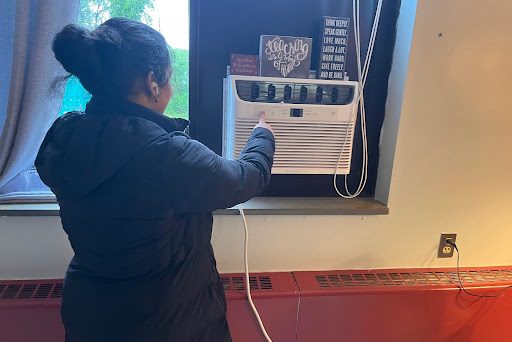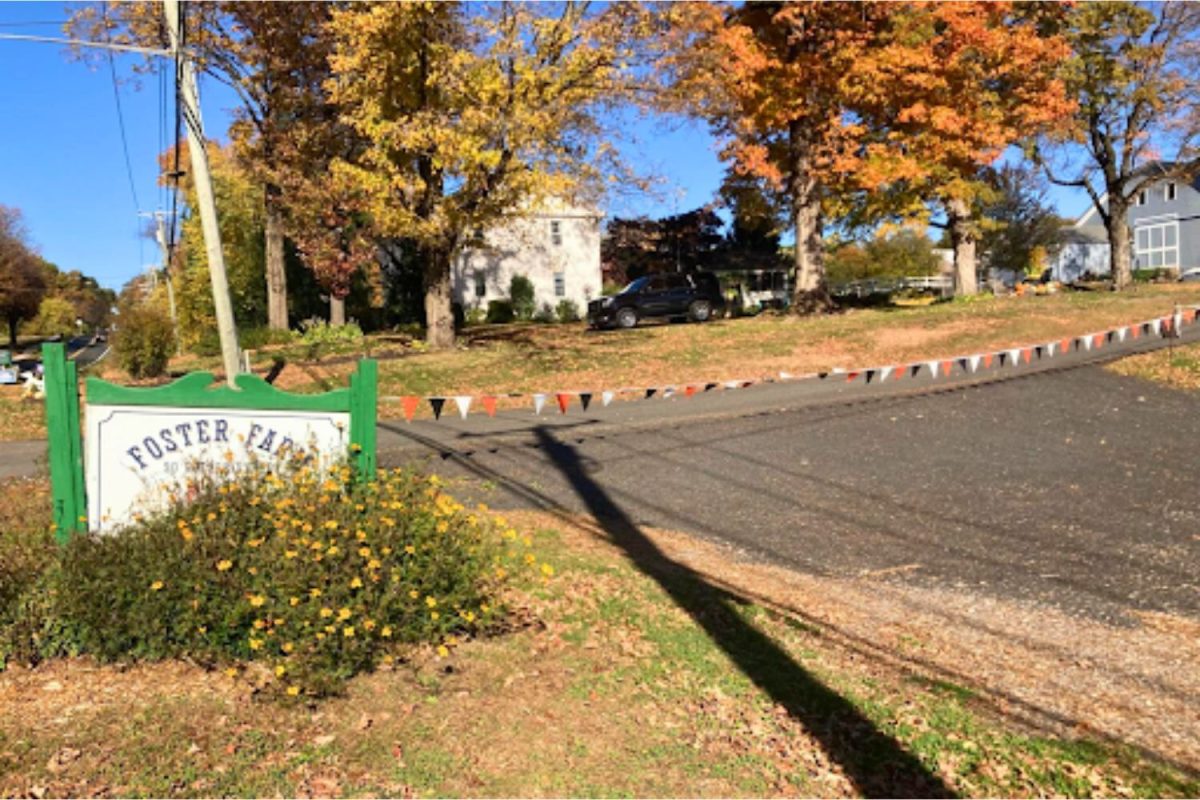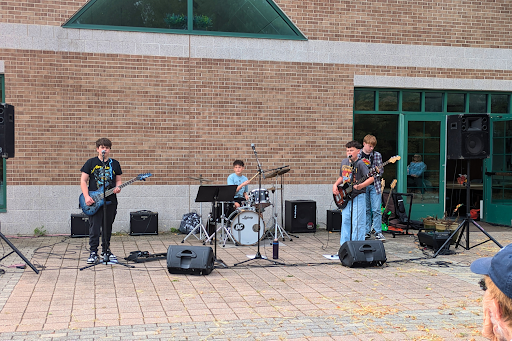
There are many factors that contribute to making a school functional, but one often overlooked is indoor air quality. More than just a comfort issue, indoor air quality (IAQ) is now the focus of state and local mandates across the country. These mandates aim to ensure schools provide a healthy environment where students and staff can thrive.
According to the U.S Environmental Protection Agency about 50% of schools report air quality issues that happen within their districts. This means about half of the schools in the country deal with ventilation issues and the build up of chemicals and mold.
Air quality is a necessity when creating a healthy environment for students. If an air quality problem is left untreated or unchecked, it can lead to serious health issues like respiratory problems, headaches, and allergic reactions; it can even have an impact on the learning environment: reducing concentration, reducing productivity and lowering academic performance.
Currently, no federal law requires schools to monitor their air quality. However, the U.S. The Environmental Protection Agency (EPA) provides voluntary guidance, such as the Indoor Air Quality (IAQ) Tools for Schools program to help schools assess and improve their air quality. These resources are recommended but not legally binding.
As of March 2024, 34 states, and the District of Columbia, have implemented laws saying that districts must take action in some way with the indoor air quality. The laws vary between the states, but they all stay consistent that schools must have a IAQ management plan.
Connecticut is part of the 34 states that have implemented IAQ laws, but CT laws differ, as they require all school districts to have inspections and evaluations on school buildings. Each inspection takes place every five years; however, Connecticut has given school districts an extension to January 1st, 2025 in order to comply with this law.
All evaluations must comply with the Environmental Protections Agencies “Indoor Air Quality Tools for Schools Program,” and the ASHRAE (American Society of Heating, Refrigerating, and Air-Conditioning Engineers), regardless if there are construction or renovations dates, all schools must comply.
South Windsor was a district that received an extension on testing IAQ and evaluations. According to The Connecticut General Assembly, the extension goes until June 30th, 2030, for local and regional schools, as stated by Bill SB 287. This was to give relief to the Board of Education (BOE).
In a joint meeting between the South Windsor Board of Education, and South Windsor’s Town Council, Superintendent Dr. Kate Carter highlighted the problem that the B.O.E. faced with testing the IAQ in the schools, specifically checking the HVAC systems.
HVAC (Heat, Ventilation, and Air conditioning) systems, control/ regulate the humidity, temperature and air fluctuation in buildings. Its main purpose is to create a healthy environment in the buildings.
Dr. Carter specified how hard it is to find professional HVAC technicians who meet the requirements that the legislation requires. Hiring a HVAC technician is expensive, and since testing IAQ is an unfunded mandate, it means the money must come from the schools own budget.
South Windsor resident and HVAC technician Robert Rolfe owns his own HVAC company. Rolfe explained the hoops that HVAC technicians go through, and why the school faces the problem with finding HVAC technicians to test the IAQ in their schools.
“Lots of people have been retiring, and there hasn’t been a lot of qualified officials coming in lately” Rolfe stated. “Lots of things aren’t getting taken care of properly.”
In his interview with The Prowl, Rolfe explained how more technicians should be getting trained when they come out of school.
Although these issues pose a major concern for the SWPS community, there are actions and steps that can be taken to help schools achieve optimal IAQ in schools.
When districts face the problem of unfunded mandates, they are usually able to apply for grants from the state to meet the mandate requirements.
South Windsor has already started to make advancements on HVAC systems in schools. As a part of SW’s 10 year Elementary Facilities Plan South Windsor has already completed state of the art HVAC installations in the elementary schools to take steps in improving IAQ in schools.
While the elementary schools receive these systems, the district has expressed further need for funding for the systems to be installed in South Windsor High School and Timothy Edwards Middle School.
As SWPS looks for ways to fix the IAQ in their schools, the problem is being tackled at a national level by Senator Julie Kushner, and Representative Jennifer Leeper who advocate for long-term solutions for the IAQ problem in many schools.
Both Leeper and Kushner are Co- Chairs of Connecticut’s Schools IAQ working group. A group that aims to improve the IAQ quality in schools across the state, and create a healthy environment for staff and students.
Key Components of their plan is to make a financial investment and commitments to school air quality. This includes about 11.5 million in state investment for air purifiers and filters in classrooms, also awarding grants to schools that will help them meet the requirement for mandates. In 2024 Ridgefield Schools were awarded a grant of $191,454 to install components of HVAC systems. Another component is a broader grant program that will reimburse districts for the HVAC cost with 450 million approved through the fiscal year of 2025.
As technology continues to advance, there are steps that all schools and districts can take to make sure that they meet the requirements for mandates and more importantly ensure that all students, staff and teachers work and learn in a healthy environment.









